The prototype. During World War II, the Baltimore & Ohio RR was unable to get approval for an order of new diesel-electric locomotives from the War Production Board. The B&O instead settled on what would be its last group of articulated steam locomotives. Designated EM-1 by the B&O, the massive locomotives had a 2-8-8-4 wheel configuration, weighed 628,700 pounds, and could develop 115,000 pounds of tractive effort. Baldwin Locomotive Works delivered nos. 7600 to 7609 in 1944 and nos. 7610 to 7629 in 1945.
The first assignment for the EM-1 class was hauling coal and fast freight on the Cumberland Division between Cumberland, Md., and Fairmont, W.Va. After B&O dieselized that division in the 1950s, the EM-1s hauled coal from West Virginia to Cleveland and Lorain, Ohio. Some of the engines worked on the
Pittsburgh Division’s Johnstown Branch.
In 1957 the EM-1s were renumbered 650 to 679, and by 1960 all were off the B&O roster and eventually scrapped. Three survived for a few more years supplying steam for an Ohio chemical plant in the early 1960s; none of the locomotives were preserved.
Most of the molded detail on the model matches prototype drawings. However, the locomotive tender is missing the access door on the fireman’s side.
The many separately applied details are a highlight of the model. These parts include virtually all piping and handrails, as well as the distinctive overfire jets along the sides of the firebox.
The lettering on the model is clearly printed and correctly positioned. Crew figures and gauges and valves on the boiler backhead are also neatly painted.
Spotting differences. Our review sample models no. 7627, one of the EM-1s built in 1945. I appreciated that Bachmann used the correct five-sided Baldwin builder’s plates on the smokebox. An EM-1 built in 1944 would have had the older style circular plates.
The main spotting difference between the 1944- and 1945-built EM-1s are the sand valve covers on the sides of the boiler. The first group had large covers, while the second group, including no. 7627, had small covers. The boiler check valve on the engineer’s side was also relocated to the boiler course ahead of the front sand dome. Bachmann’s model of no. 7627 has the correct small sand valve covers, but the check valve is incorrectly in the early (1944 group) location.
A pair of sand filler hatches was located side by side on top of each sand dome on the first few EM-1s. Starting with no. 7609, the hatches were placed along the centerline of the boiler. The hatches on the HO scale no. 7627 are incorrect for its prototype.
Most EM-1 locomotives had single headlights. During the 1950s some EM1s received dual headlights, as depicted on the model. A user-installed single headlight is also included.
Both engines on the model pivot to allow it to maneuver around curves with a radius as tight as 22″. On a prototype EM-1 only the front engine pivoted.
A two-wire and four-wire harness run from the decoder in the tender to sockets under the locomotive cab.
The model performed better when I ran it with an NCE DCC system. After I set the decoder to 128 speed steps, the EM-1 crept along smoothly and quietly at 1 scale mph in speed step 1.
The Bachmann decoder features some programmable configuration variables (CVs) for changing the locomotive’s address, starting voltage, and acceleration and deceleration rates. I also turned on the locomotive headlight with function 0 and dimmed the headlight with function 1. The backup light automatically turns on and the headlight dims when the model is set for reverse. This also occurs on DC layouts.
Manufacturer
Bachmann Trains
1400 E. Erie Ave.
Philadelphia, PA 19124
bachmanntrains.com
Road numbers (all Baltimore & Ohio): no. 7627 (with dual headlight, small sand valve covers),
nos. 7600, 7604, 7614 (with single headlight, large sand valve covers). Unlettered versions available.
Era: 1945 to 1957 (as detailed)
Features
- Electrical pickup on all drivers and tender wheels
- E-Z Mate Mark II knuckle couplers at the correct height
- Five-pole skew-wound motor with brass flywheels
- Light-emitting diode (LED) headlight and backup light
- Metal RP-25 wheels in gauge
- Weight: 2 pounds 4 ounces (locomotive and tender),
- 1 pound 91⁄2 ounces (locomotive alone)
In DC and DCC speed tests the model performed the same as it did prior to the sound module installation. In addition, when I operated the model with a DCC system, I now had many more programming options, including 14 preset speed tables. For extensive user manuals that list all the programmable CVs, visit the Bachmann or SoundTraxx websites.
The excellent sound quality is on par with other SoundTraxx sound decoders. User-triggered functions include a bell, long and short whistle (there are three different whistle types to choose from), and coupler crash. Function 6 triggers a water stop sequence. In addition to a built in seven-band equalizer, the module supports CVs for adjusting the individual volume levels of each sound effect.
I especially like the sound module’s Dynamic Digital Exhaust feature, which varies the intensity of the chuffing according to the load on the locomotive. The DDE section of the instruction manual is especially helpful and explains how to fine-tune the effect.
When I ran the sound-equipped model on a DC layout, the exhaust sounds were unsynchronized to the
locomotive speed. This can be fixed by adjusting CVs, but to do so requires a DCC system or a DC sound controller, such as the MRC Tech 6.
Bachmann did a good job modeling the EM-1 and got most of the details right. Especially with the SoundTraxx sound module installed, this HO scale model brings one of the steam era’s last and largest locomotives to life.
Manufacturer: Manufactured for Bachmann Trains by SoundTraxx
210 Rock Point Drive
Durango, Co. 81301
soundtraxx.com
Features
- 16 bit sound processor
- Built-in seven-band equalizer
- Designed specifically for the Bachmann EM-1
- Maximum track voltage: 27V





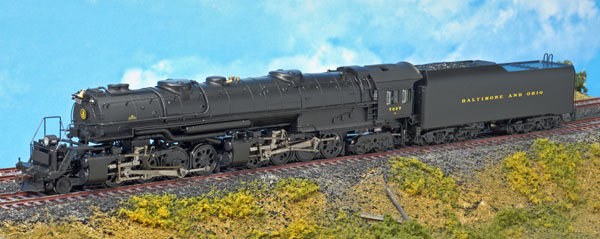
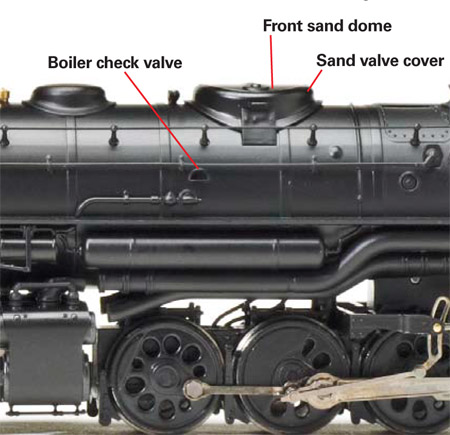
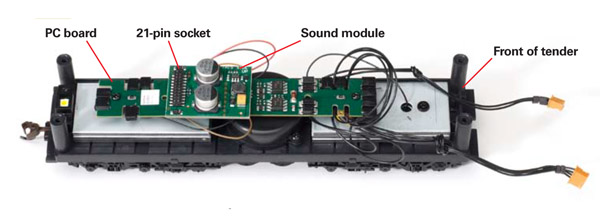
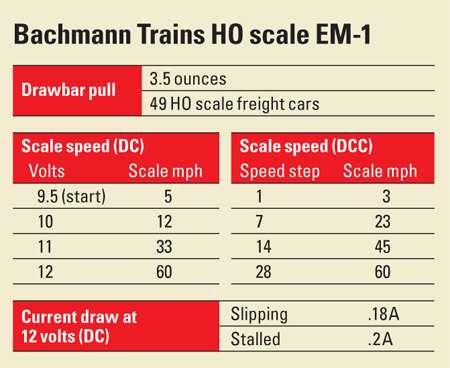

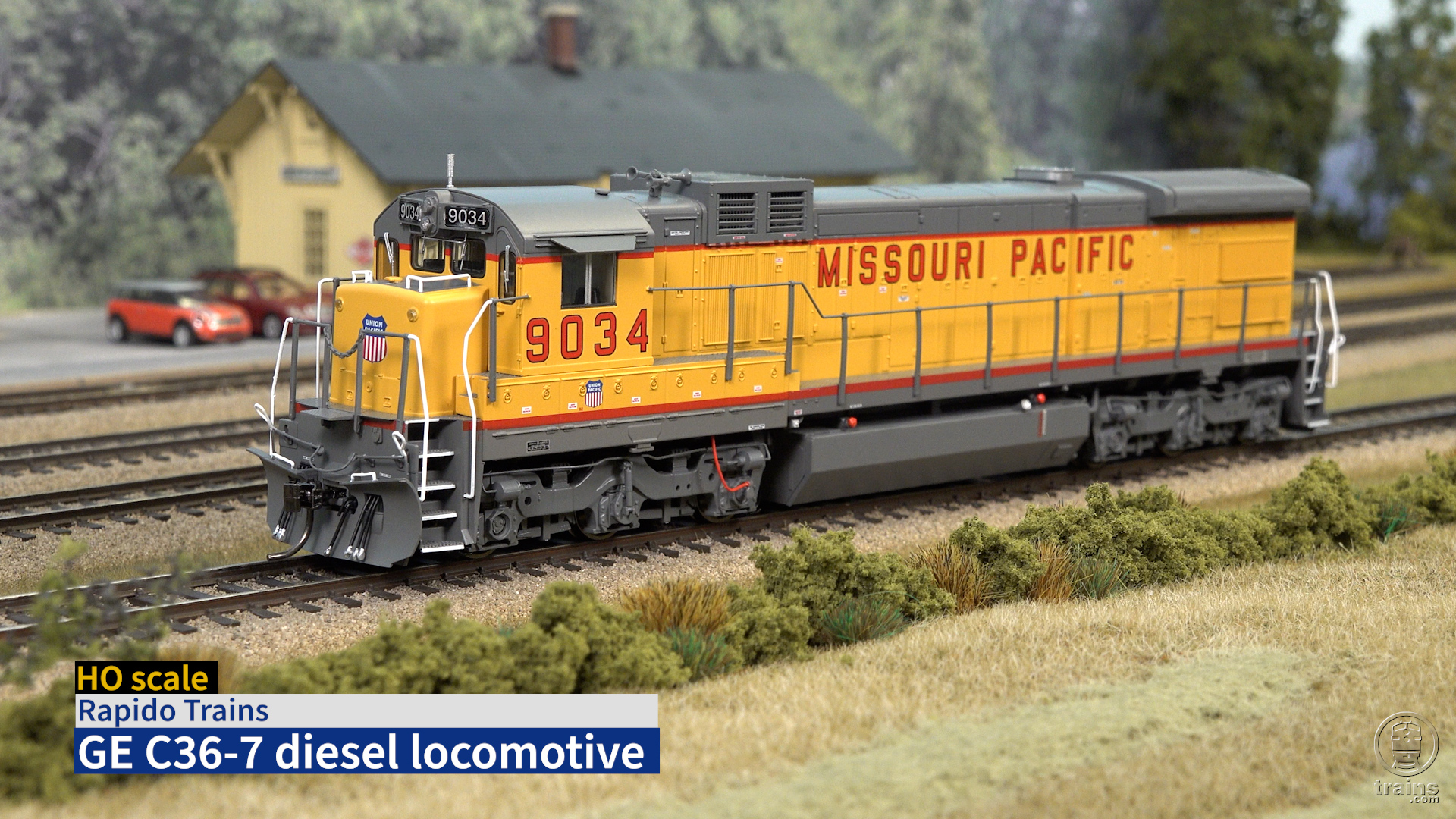
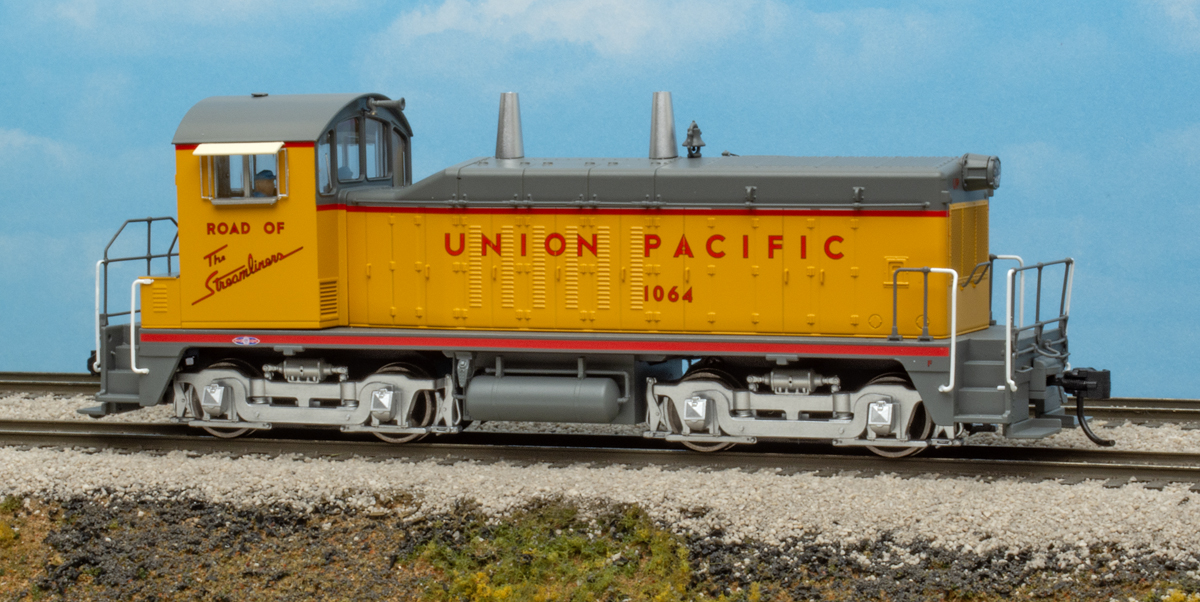
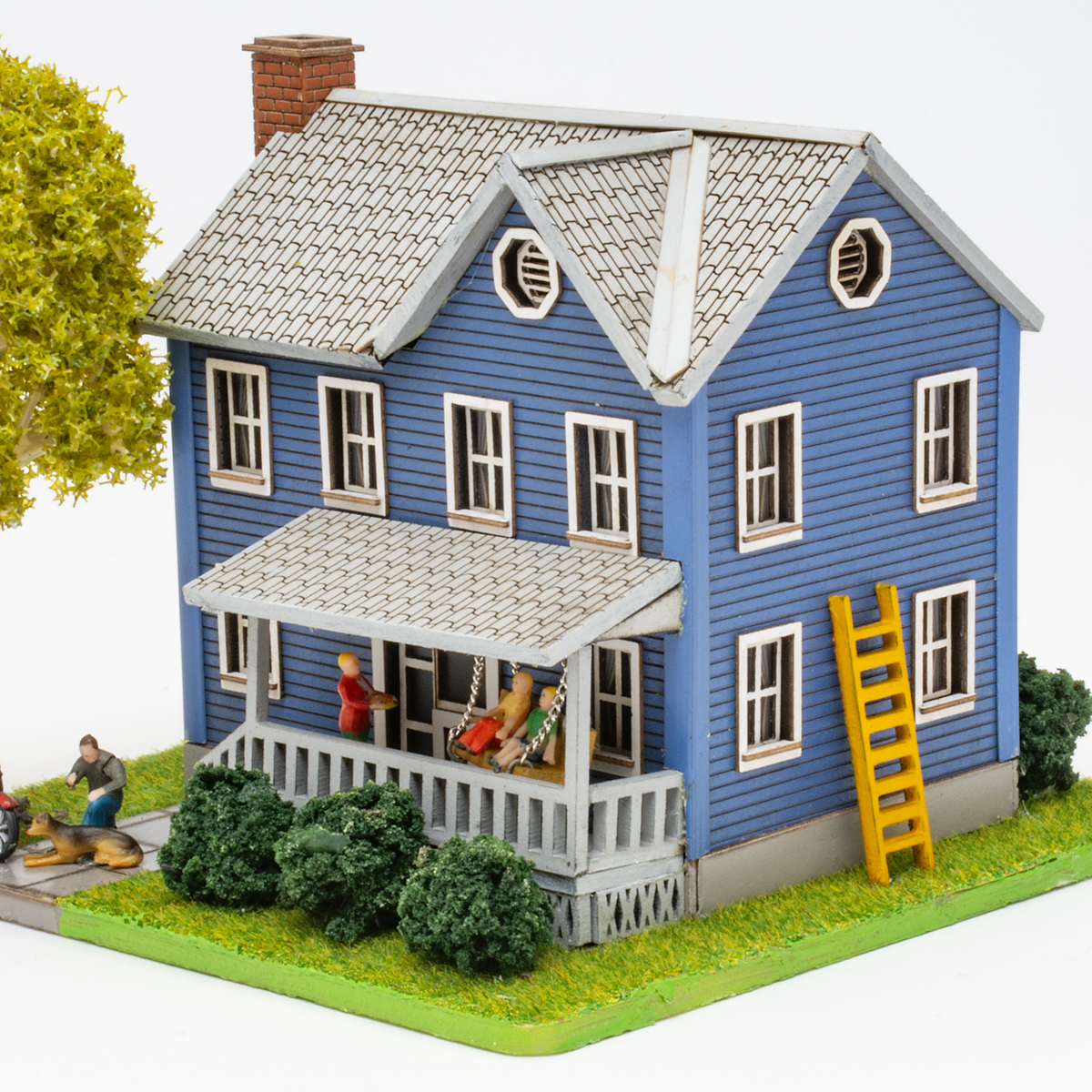
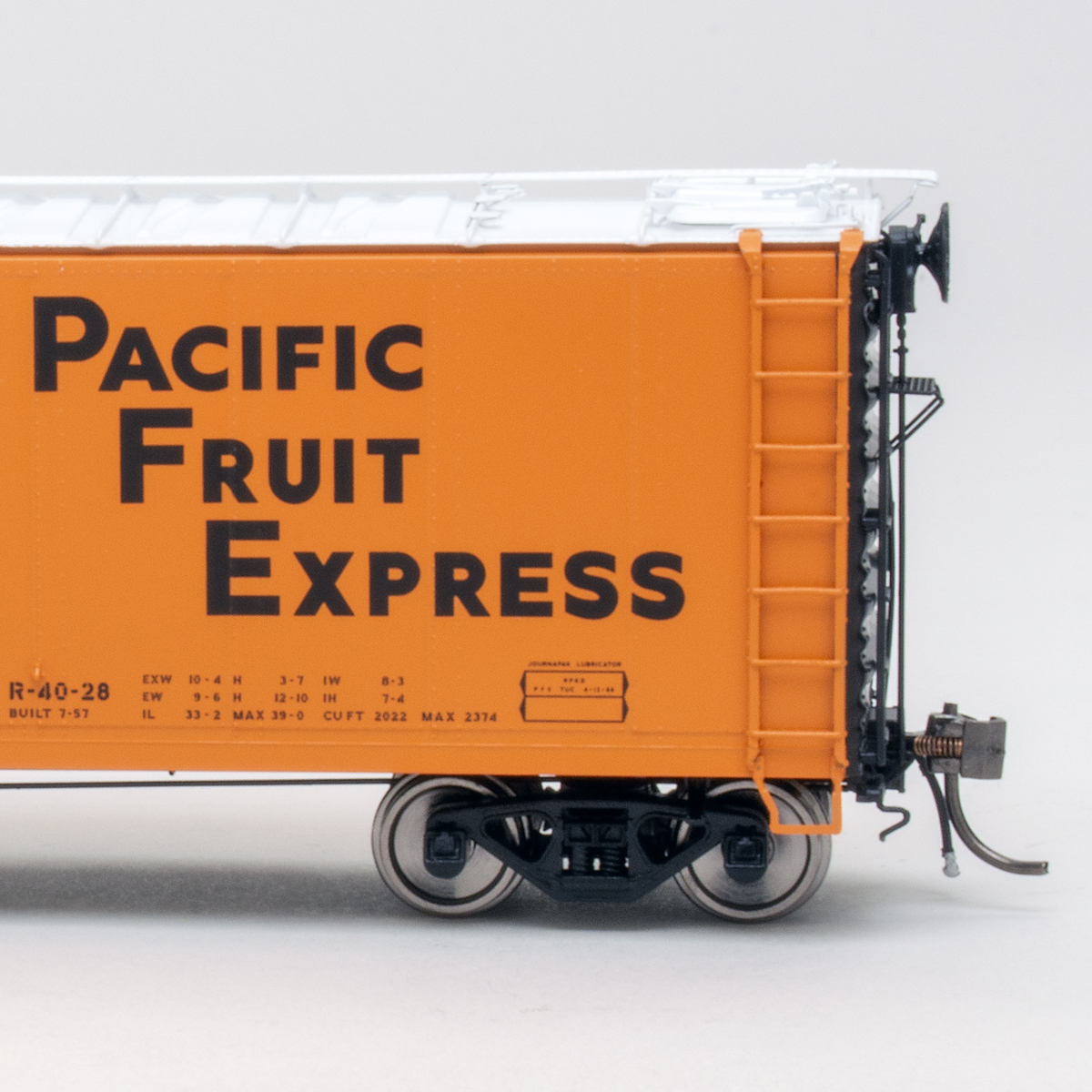




I LOVE THE LOCO BUT YEA AC-9 PLEASE !!!!
Do anyone produce a Cab-Forward version in HO scale 2-8-8-4 articulated engine.
Great looking engine! Most likely their best. Does anyone know how many cars one engine will pull up a 2% grade?
Thank you Bachmann for producing quality affordable big articulated steam. I have only one request: AC-9 for all of us Espee modelers, please!!
WOW!!! This is a beauty! not omly does it look great,but with dcc (nce) it will creep along without hesitation at speed step 1 set at 128.
I am not a purist ,so i don`t care if every detail is not perfect.The whistle is fabulous–close your eyes and you are back in the days of steam.No the chuffs are not cam synchronized,but who cares!( why add to the cost of an "affordable "
engine?
I went on line,and bought this beauty at less than $200.00 (pre-Bachmann price increase) You can still find one at $217.00 by shopping around
Finally,no–you cannot run this engine on 18" radius,but on my one 24" section,she runs just fine. I would give this a 10 rating on a scale of 1-10
I run DC, I'm very pleased with the way it runs and looks. It has become my favorite coal drag. Wished I could afford to double-head. The head-light is great, light ahead of the loco. No sound.
I would like to see it in N gauge.
Would like to see the 2-8-8-4 released as the Northern Pacific Z-5 sence the NP developed this wheel arrangment to pull 5000 tons across eastern Montana.
I TOO AM VERY HAPPY BACHMANN IS PRODUCING LOCOMOTIVES OTHER THAN PENNSY AND UP.
I HOPE THEY CONSIDER SOME OF THE OTHER B&0 LOCOMOTIVES
WELL DONE!
good review.
I HAVE 3 OTHER EM1'S IN BRASS BACHMANN'S LOOKS AND RUNS AS GOOD AS OR BETTER. IM GLAD THERE A MODEL MAKER THAT IS DOING TRAINS OTHER THAN UP. ATSF.&ALL THE OVER DONE ROADS
I've been waitin' my whole life for dis,…..so when is it coming in 'N'. An EM-1 would look great pulling a long string of Bluford hoppers or FVM roundtop boxes.
Cool loco but like what ED SUMNER II from TENNESSEE said:
"Articulated locos are fine…if you have 30"+ curves to run them on."
is it possable to run it on 18" curves??
Overall, I'm very happy with my model (it is a smooth and nearly silent runner) and its sound module. This is my first articulated steam model, so I'm walking down an uncharted path in some ways. My engine ran perfectly on my hobby shop's layout with 30" curves, but I ran into interference issues between the drawbar and the engine-tender wire harness on my small home layout (24" curves). Two of my tender's wheelsets were tight in gauge, which was no problem on my hobby shop layout, but caused some derailments on my smaller layout at home. I suggest checking the gauge of all of the engine and tender wheelsets prior to running the model. I regauged my affected tender wheelsets by hand with good results.
I like the locomotive. It was very easy to install the Soundtraxx unit. My EM-1 ran very nicely on 22.5 degree curves. I just ran it on a test track with no cars. I like the detail of the running gear. Yes, a few details lack accuracy but overall my EM-1 runs and looks good.
I've had one of these for a few months and I have no complaints! It is a smooth runner. I need to get the sound module, though. (An N version would be nice…)
Sure would be nice to see on of these in N scale, or a Pennsy S2. Just dreamin.
I want more info . is there 3 figurs in cabin I want smoke lites I only buy MTH it has it all. lites on the tender how sweet .we the baby boomers will pay for lighed # boards you now what i mean
Articulated locos are fine…if you have 30"+ curves to run them on. Bachmann got almost all of the minor details correct on the EM-1's (great job) but didn't put the proper angled numberboards on their WM RS-3…go figure, LOL.
The article was well done.
In the headline and page title: Bachmann should have two 'n's.
It's crazy how Bachmann has started producing viable models. I used to summarily reject their products, even some of their Spectrum line had questionable or even ugly offerings, but now it's often worth a second look. While it's baffling that certain details are incorrect, they're relatively minor in the scope of the whole model.
i test ran this loco at at a local hobby shop with out sound installed an as per appearance an running it is there best so far . i had or had most other mfg steam engines an for the price of this unit it should be a good seller.